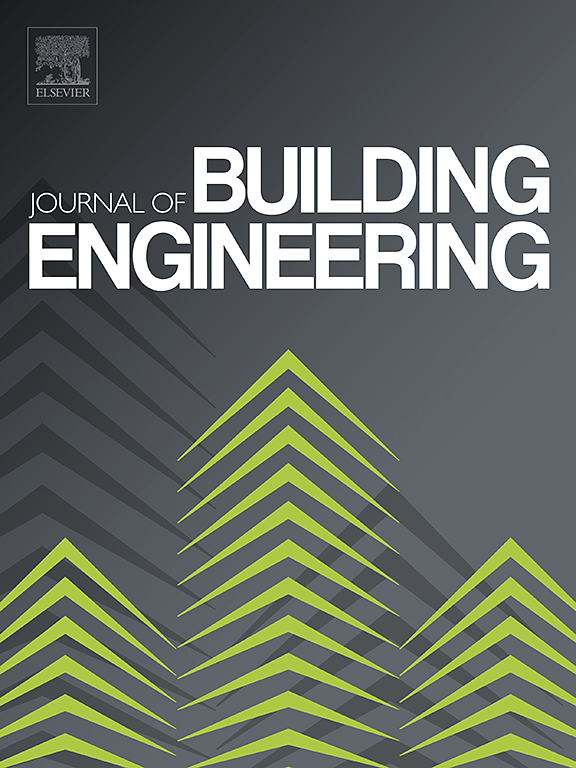Anatomy of methods for measuring life cycle carbon emission of built environment
IF 6.7
2区 工程技术
Q1 CONSTRUCTION & BUILDING TECHNOLOGY
引用次数: 0
Abstract
The built environment, e.g., buildings and infrastructures, is responsible for over 79 % of global carbon emissions, prompting an urgent need to reduce its carbon emissions. Adopting life cycle assessment for buildings and infrastructures to measure their whole life carbon emission is crucial in achieving carbon neutrality. This paper critically examines methods explicitly measuring life cycle carbon emissions of built environment. Various life cycle carbon emission assessment standards are analysed and compared and their differences are quantified in two case studies. It is found that the inconsistent system boundary definitions, biogenic carbon calculation methods and end-of-life modelling methods are obstacles to measuring and managing carbon emissions of the built environment. It is also found that the necessity of developing a unified life cycle carbon emission assessment method for buildings and infrastructure is compelling. Future directions of developing a consistent and accurate life cycle carbon emission assessment method are pointed out. These outcomes will raise the awareness of inconsistency in various methods with a view to accurately measuring carbon emissions of the built environment.
求助全文
约1分钟内获得全文
求助全文
来源期刊

Journal of building engineering
Engineering-Civil and Structural Engineering
CiteScore
10.00
自引率
12.50%
发文量
1901
审稿时长
35 days
期刊介绍:
The Journal of Building Engineering is an interdisciplinary journal that covers all aspects of science and technology concerned with the whole life cycle of the built environment; from the design phase through to construction, operation, performance, maintenance and its deterioration.
 求助内容:
求助内容: 应助结果提醒方式:
应助结果提醒方式:


